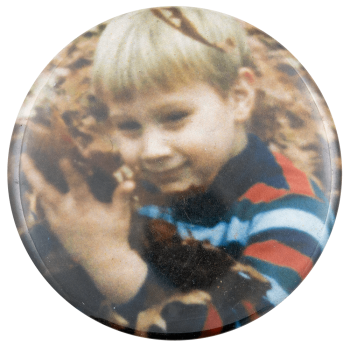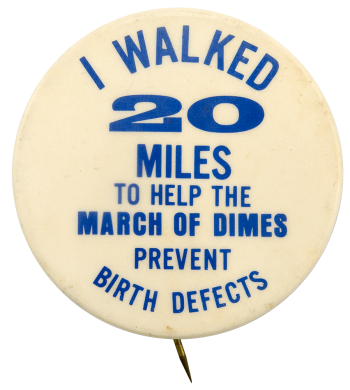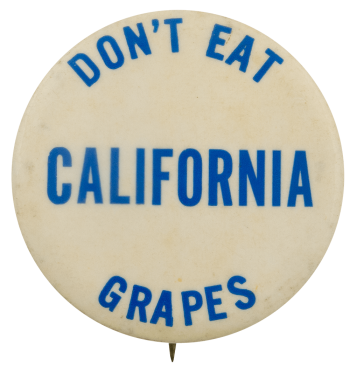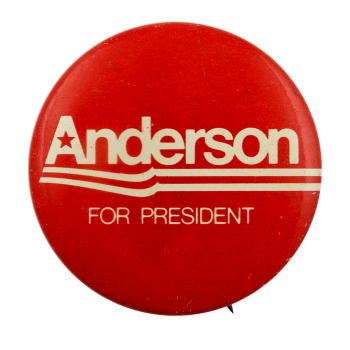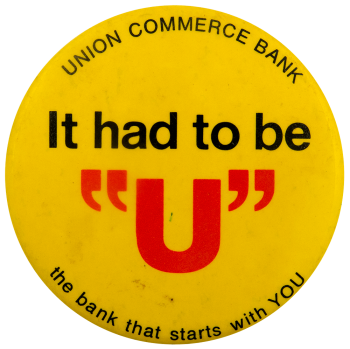Boy Holding Leaves
| Category | |
|---|---|
| Additional Images | |
| Sub Categories | |
| Image Description | A young boy wears a red, white, and blue striped long-sleeved shirt holding a small pile of leaves in front of a background of autumn leaves. |
| Back Style | |
| The Shape | |
| Additional Information | Have info on this button? Contact us here. |
| Catalog ID | AR0468 |

